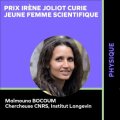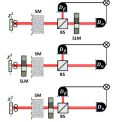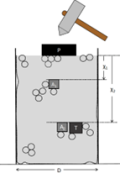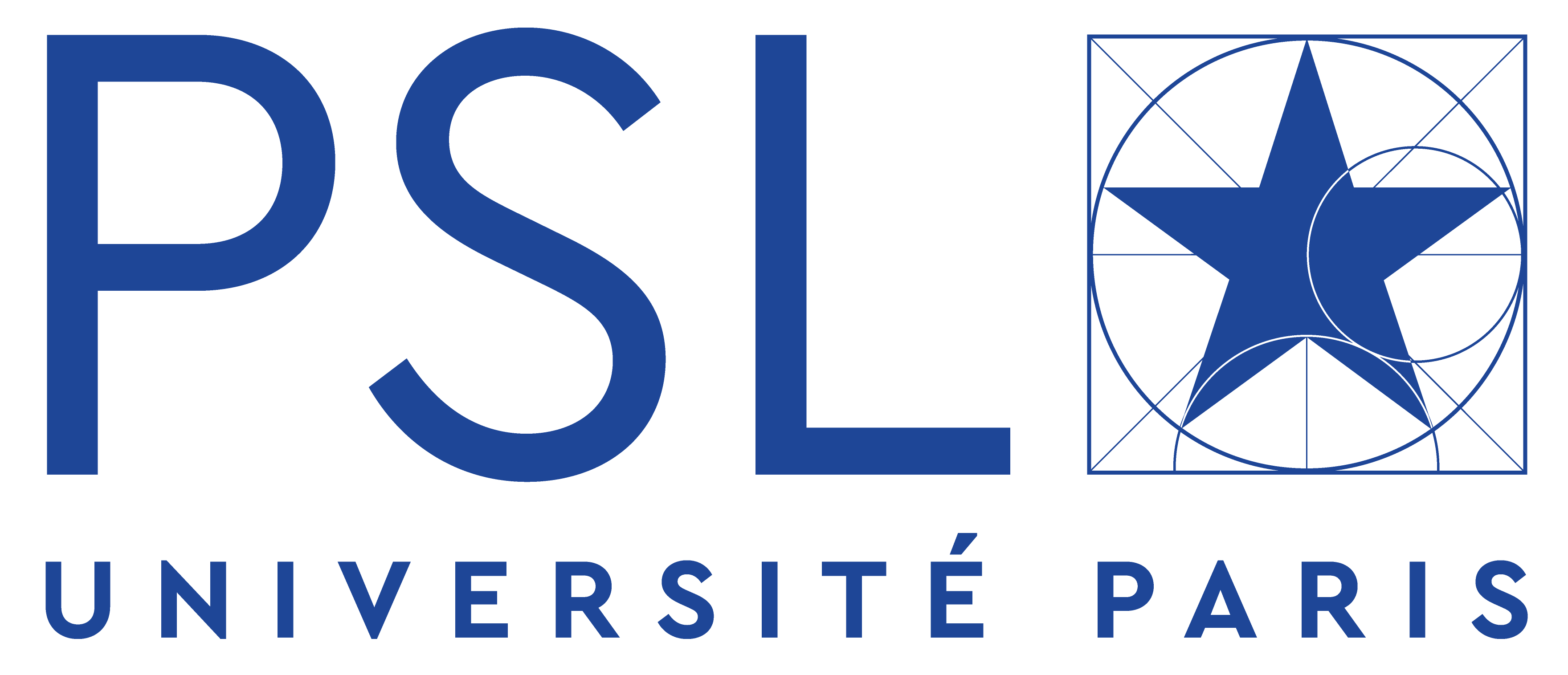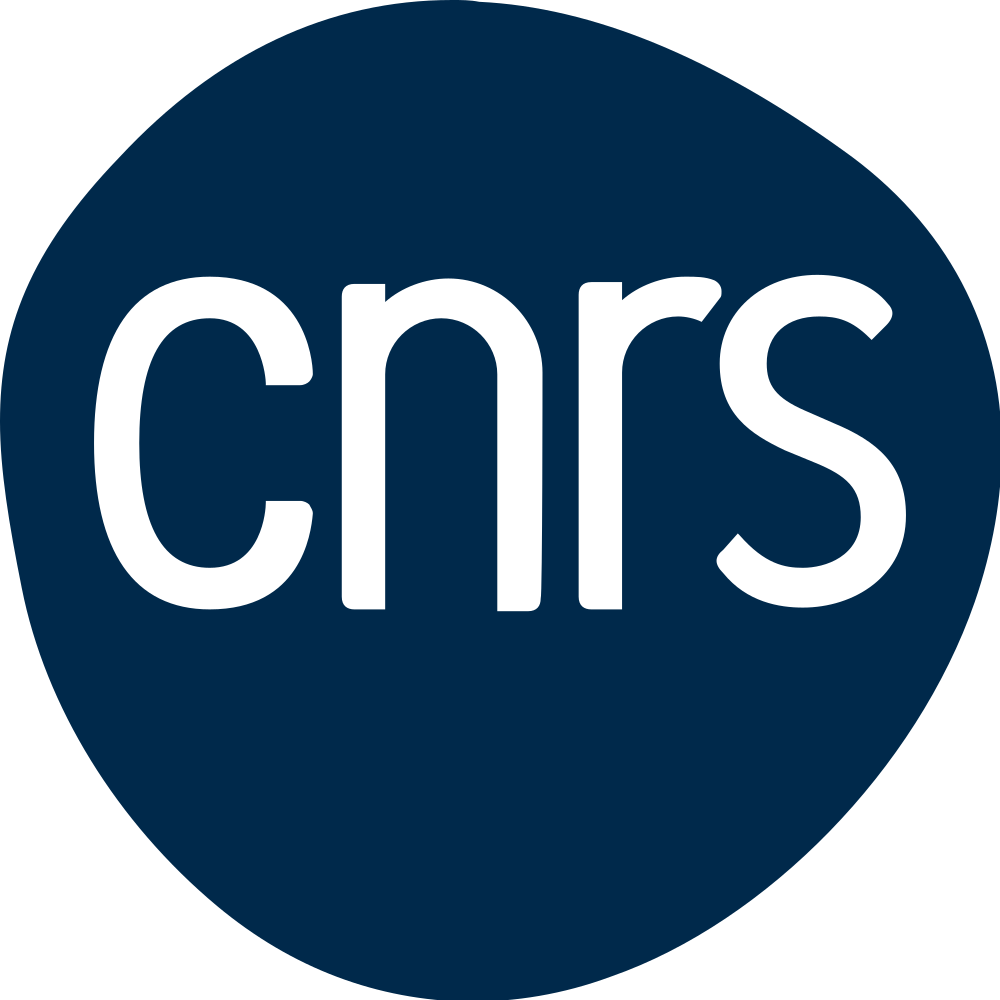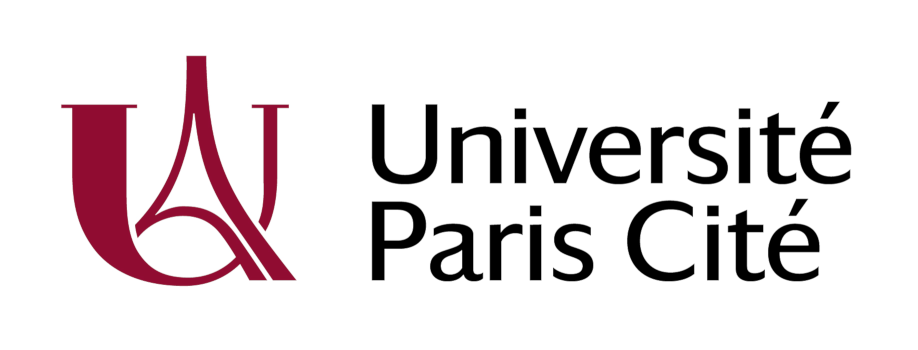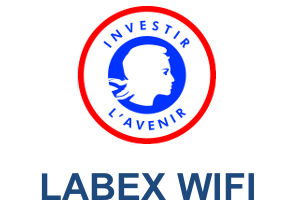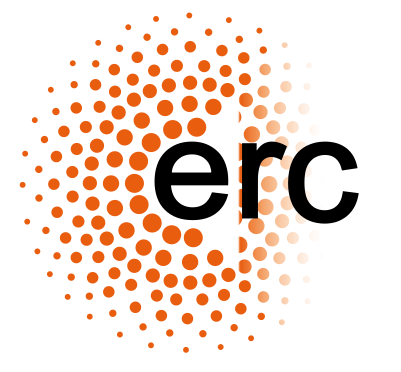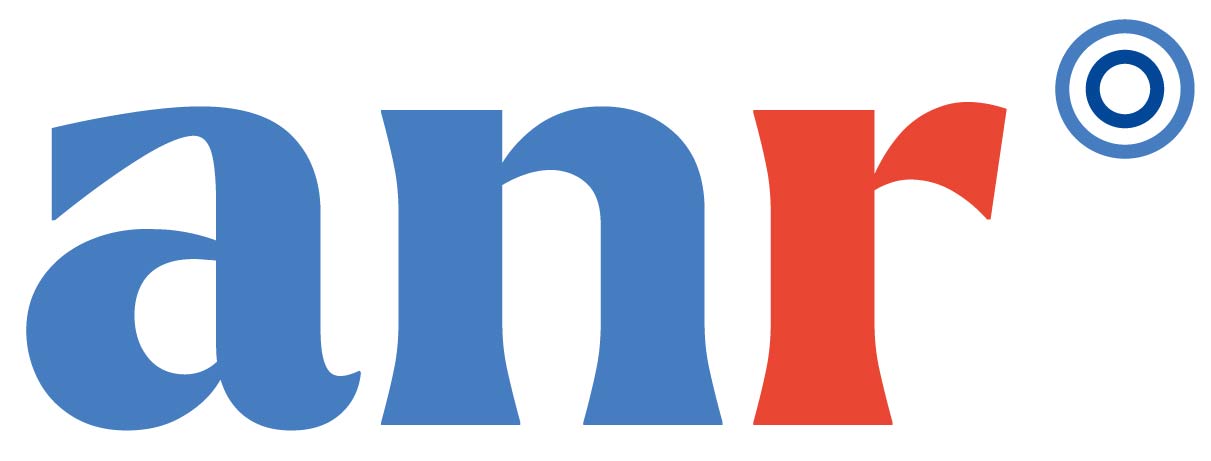Reconfigurable and active time-reversal metasurface turns walls into sound routers
Dorlot, F., C. Bourdeloux, M. Fink, and F. Lemoult
Communications Physics 8, no. 1 (2025)
Résumé: Sound control in noisy or reverberant spaces is important for applications ranging from communication to immersive audio. However, existing methods often struggle to deliver sound selectively to specific listeners without interference. Here we show that an active acoustic metasurface, composed of programmable elements that both sense and re-emit sound, enables precise targeting of audio in complex environments. Each element processes signals in real time using convolution filtering, allowing us to exploit reciprocity and time-reversal symmetry in wave propagation. Experiments with audible sound in reverberant rooms demonstrate that this approach creates clear, individualized sound channels while suppressing unwanted noise. This research opens new possibilities for adaptive sound delivery in crowded or dynamic settings, with potential applications in conferencing, entertainment, and assistive listening technologies.
|


|
Impulsive shock wave propagation in granular packings under gravity
Van Den Wildenberg, S., X. Nguyen, A. Tourin, and X. Jia
Mechanics Research Communications 150 (2025)

Résumé: We experimentally investigate the impulsive shock propagation caused by an impact into vertically oriented 3D granular packings under gravity. We observe a crossover of wave propagation, from sound excitation at low impact to shock front formation at high impact. One of our findings is a nonlinear acoustic regime prior to the shock regime in which the wave speed decreases with the particle-velocity amplitude due to frictional sliding and rearrangement. Also, we show that the impulsive shock waves at high impact exhibit a characteristic spatial width of approximately 10 particle diameters, regardless of shock amplitude. This finding is similar to that observed in 1D granular chains and appears to be independent of the contact microstructure, whether involving dry or weakly wet glass beads, or sand particles. The final and main finding is that we observe the coexistence of the shock front and the sound waves (ballistic propagation and multiple scattering), separated by a distinct time interval. This delay increases with impact amplitude, due to the increase shock speed on one hand and the decrease of the elastic modulus (and sound speed) in mechanically weakened granular packings by high impact on the other hand. Introducing a small amount of wetting oil into glass bead packings leads to significant viscous dissipation of scattered acoustic waves, while only slightly affecting the shock waves evidenced by a modest increase in shock front width. Our study reveals that shock-induced sound waves and scattering play an important role in shock wave attenuation within a mechanically weakened granular packing by impact. Investigating impact-driven wave propagation through such a medium also offers one way of interrogating a 3D FPUT-like system where nonlinear and linear forces between grains are involved.
|

|
Electrical Conductivity During Controlled Deformation at Upper-Mantle Conditions: First Experimental Achievements in a Griggs-Type Apparatus
Ferrand, T. P., J. Précigout, D. Sifré, J. C. Vrijmoed, T. John, F. Savoie, R. Champallier, and F. Gaillard
Geochemistry Geophysics Geosystems 26, no. 11 (2025)

Résumé: Electrical conductivity measurements on well-characterized materials in the laboratory allow accurate interpretations of high-conductivity anomalies within the lithosphere and asthenosphere, both affected by substantial deformation over geological times. However, only a few experiments so far have measured rock conductivity during controlled deformation at high pressures (≥1 GPa) and temperatures (500–1,000°C). Here, we report the first successful deformation experiments performed in a new-generation Griggs-type apparatus adapted for electrical measurements. As a proof of concept, one successful experiment was conducted on Carrara marble at a confining pressure of 1 GPa and temperatures of 500, 650, and 800°C. Three other experiments were then performed at the same pressure to explore the electrical conductivity of Åheim dunites at 500, 650, and 800°C, respectively. Our results show very different electrical responses in the elastic and plastic regimes. Stress and strain can significantly impact the electrical conductivity of peridotites by changing the thickness, number, or geometry of grain boundaries. At fixed P-T conditions, the electrical conductivity varies within an order of magnitude during elastic loading and unloading, which motivates reappraisal of interpretations of electrical anomalies in mantle rocks, at least in tectonically active regions. Upon additional development to achieve deformation up to 4 GPa (≃120 km depth), the design presented here opens a fully new research field, which will help to more deeply understand electrically conductive anomalies in rocks under stress at depth, notably within the lower crust, upper mantle and subducting slabs.
|


|
Fundamental bounds of wavefront shaping of spatially entangled photons
Shekel, R., S. M. Popoff, and Y. Bromberg
APL Photonics 10, no. 11, 110801 (2025)

Résumé: Wavefront shaping enables control of classical light through scattering media. Extending these techniques to spatially entangled photons promises new quantum applications, but their fundamental limits, especially when both photons scatter, remain unclear. Here, we theoretically and numerically investigate the enhancement of two-photon correlations in two specific output modes through thick scattering media. We analyze three configurations: shaping one photon after the medium, shaping both photons before the medium, and shaping both photons after the medium. We show that each configuration yields fundamentally different enhancements compared to classical expectations. For a system with N modes, we show that shaping one photon yields the classical enhancement η ≈ (π/4)N, while shaping both photons before the medium reduces it to η ≈ (π/4)2N. However, in some symmetric detection schemes, when both photons are measured at the same mode, perfect correlations are restored with η ≈ N, resembling digital optical phase conjugation. Conversely, shaping both photons after the medium leads to a complex, NP-hard-like optimization problem, yet achieves superior enhancements, up to η ≈ 4.6N. These results reveal unique quantum effects in complex media and identify strategies for quantum imaging and communication through scattering environments.
Mots-clés: entangled photons; wavefront shaping; focusing; complex media; multimode fiber; scattering media
|



|
Guide to dynamic OCT data analysis
Heldt, N., T. Monfort, R. Morishita, R. Schönherr, O. Thouvenin, I. A. El-Sadek, P. König, G. Hüttmann, K. Grieve, and Y. Yasuno
Biomedical Optics Express 16, no. 11, 4851-4870 (2025)

Résumé: Dynamic optical coherence tomography (DOCT) enhances conventional OCT by providing specific information related to flow dynamics, cell motility, and organelle metabolic activity. These biological phenomena can be detected with varying sensitivity depending on the OCT architecture parameters, including wavelength, numerical aperture, and implementation method (time domain or Fourier domain). Despite its potential, the field lacks standardization as various research groups have independently developed algorithms for specific applications. In this paper, we compare four widely used DOCT algorithms, each employing a distinct analytical approach: power spectral density moment analysis, frequency band visualization, logarithmic intensity variation evaluation, and motility-based analysis. These algorithms were originally optimized for different OCT technologies (full-field OCT, microscopic OCT, swept-source OCT, and spectral domain OCT), which vary in temporal and spatial resolution as well as susceptibility to motion artifacts. To conduct a fair evaluation, we perform comprehensive cross-wise comparisons using datasets acquired from each of these setups. Our findings reveal that each method exhibits unique advantages in specific imaging environments, thereby providing valuable guidance for algorithm selection based on particular application requirements.
|


|
Rapid spectral shaping for time domain and swept source full field OCT
Roueff, D., P. Mecê, and O. Thouvenin
Biomedical Optics Express 16, no. 11, 4871-4884 (2025)
Résumé: Full-field optical coherence tomography (FFOCT) has recently regained attention thanks to the development of high-resolution dynamic OCT and cross-talk-free swept source FFOCT. However, the choice of wavelength and axial resolution is often a limiting factor with few existing commercial solutions. Here, we developed a novel method to provide rapid spectral shaping for FFOCT imaging. Combining a supercontinuum laser, a fast controllable acousto-optic tunable filter (AOTF), and a multimode fiber with passive and active mode mixing, we obtained an extremely flexible light source compatible with FFOCT. By tuning the AOTF frequency and integrating the resulting wavelength over one camera exposure time, it becomes possible to build any spectrum of interest in the 575-1000 nm range in time domain FFOCT. Alternatively, the designed source module enables achieving swept source FFOCT at up to 100 kfps at an unprecedented axial resolution of 1.1 µm.
|


|










